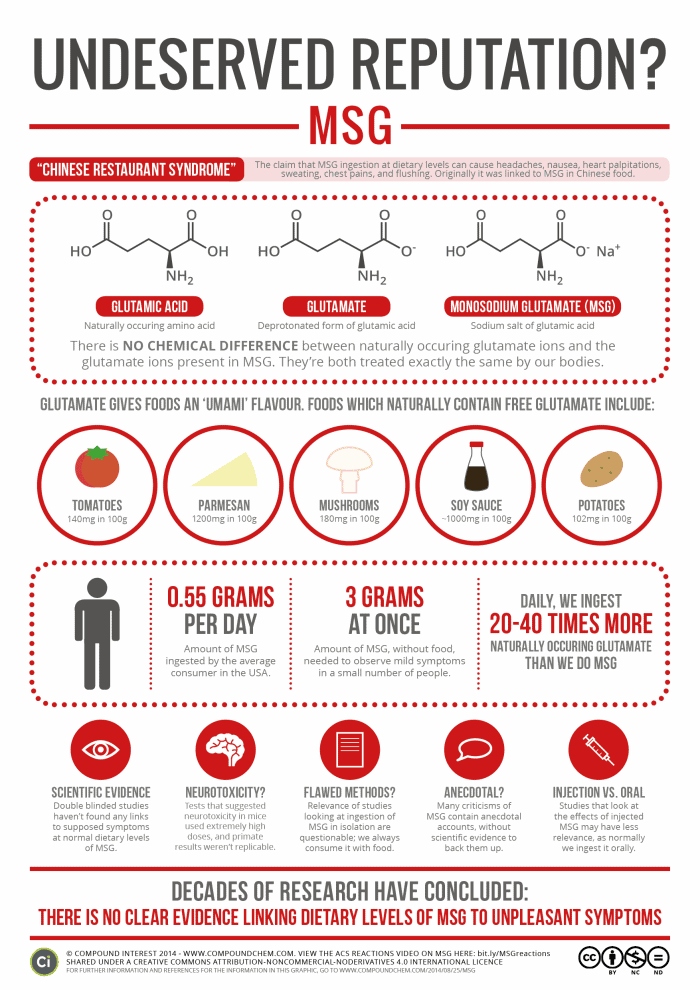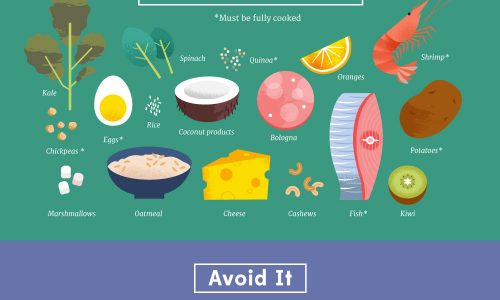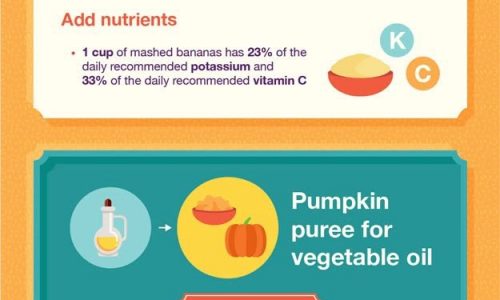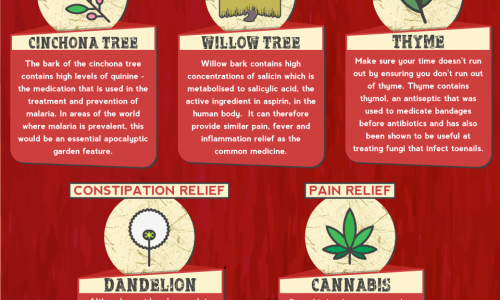
Many restaurants and manufacturers have come under fire for using a chemical called MSG, or Monosodium glutamate, in their food. People have reported symptoms like headaches, nausea and even heart palpitations. But is MSG really as dangerous as people make it out to be? Let’s dive into the science.
It turns out that glutamate occurs naturally in many foods. Tomatoes, parmesan, mushrooms, soy sauce, and potatoes all contain natural glutamate, and none are known as unhealthy foods. Because natural glutamate is in a number of foods which aren’t considered harmful, it can be concluded that naturally occurring glutamate is safe to eat. In fact, we consume about 20 to 40 times more natural glutamate than MSG.
But what about MSG? Is it bad for you? Based on the science we have right now, the answer is probably not. At the molecular level, there appears to be no chemical difference between natural glutamate and the glutamate in MSG. Additionally, scientific studies conducted on MSG provide insufficient evidence of negative symptoms.
While science has not come up with sufficient evidence to prove MSG is safe or dangerous, there are many other foods that have been proven dangerous and even deadly in some cases. To read about the world’s most dangerous foods, check out our infographic here.




